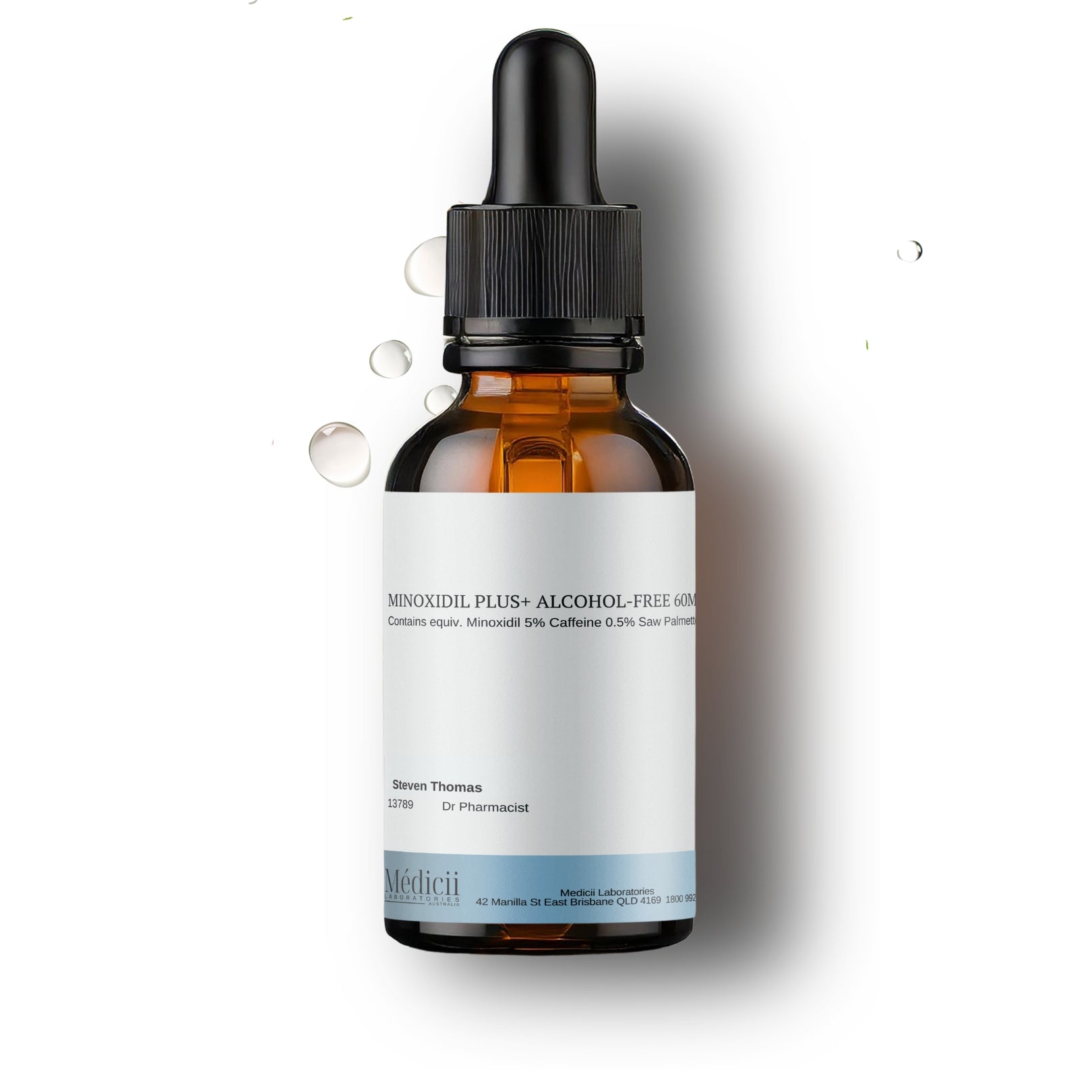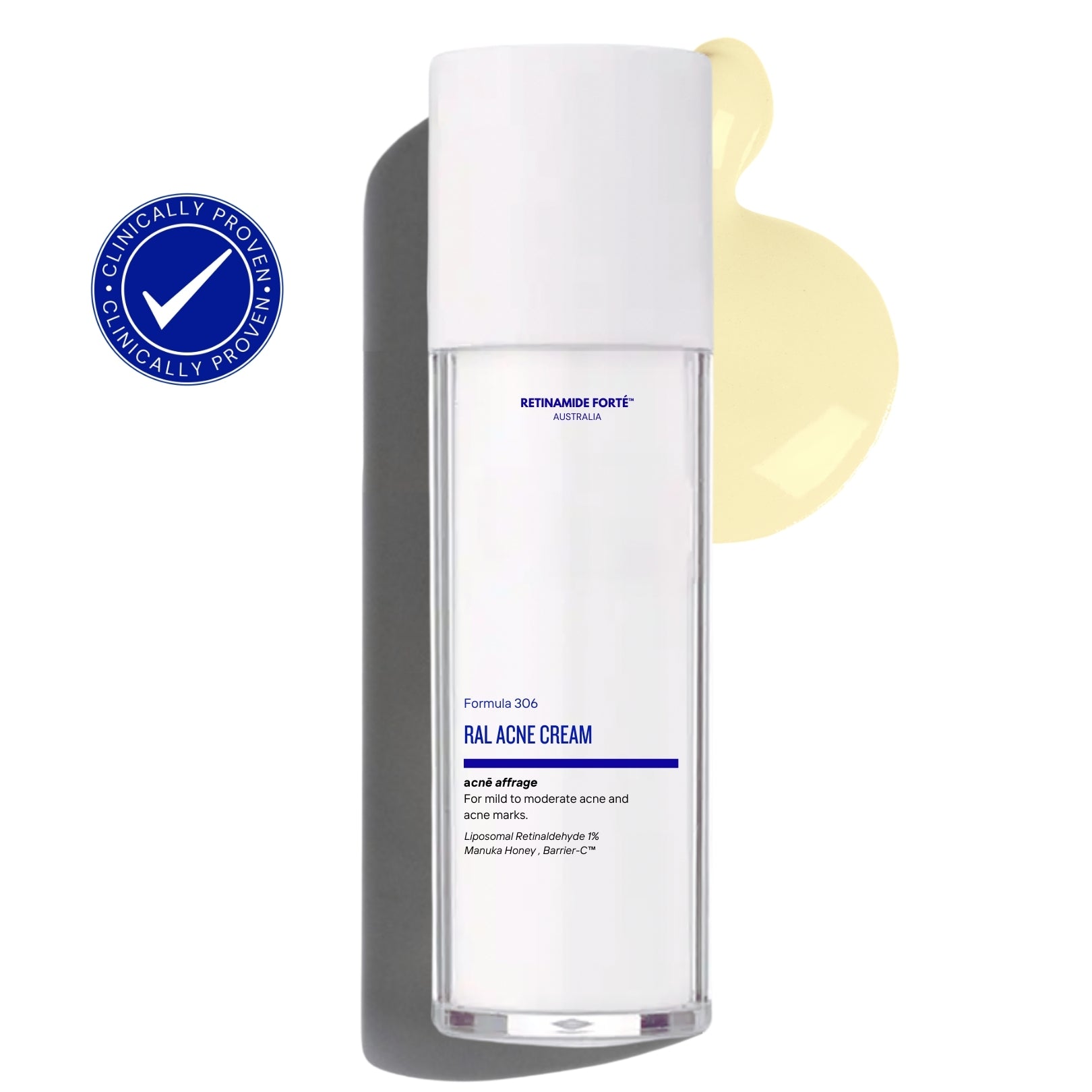
What causes grey hair?
Changes in hair color and style can greatly influence a person's appearance and self-image. Since grey hair is often associated with ageing, experiencing premature greying can negatively impact an individual's self-esteem.
Premature greying is considered to occur if it appears before the age of 20 in Caucasians or before 30 in Africans. Some researchers propose that 25 years could serve as a benchmark for individuals from the Indian subcontinent. On average, Caucasians begin to grey around 34 years, while Black individuals typically start around 43.9 years. Research indicates that between 6% and 23% of people have 50% gray hair by the time they reach 50 years of age. Canities subita is a rare condition in which the patient experiences overnight greying of the hair. This usually occurs after a traumatic event. Premature greying on the other hand, occurs gradually.
The exact cause of premature grey hair (PGH) remains incompletely understood. PGH is thought to occur due to a genetic mutation, oxidative stress from ultraviolet (UV) rays, pollution, emotional factors, or other inflammatory causes leading to a reduction in melanin production in the hair follicle.
What gives hair its natural colour?
Hair colour is primarily determined by melanin, a pigment produced by melanocytes. Hair follicles contain two main types of melanin: eumelanin, which is black or brown, and pheomelanin, which is reddish-brown. The variation in hair color is largely influenced by the amounts and ratios of these two types of melanin and is all part of our genetic makeup. Research suggests that factors like the pH and cysteine levels in melanosomes can affect hair color, with lower pH levels leading to decreased tyrosinase activity and an increase in pheomelanin, resulting in lighter shades like blonde or red.
How to manage premature grey hair
During the active growth phase (i.e. anagen phase) there is active melanogenesis in the hair follicle. A decline in antioxidant activity is thought to damage melanocytes, leading to decreased pigmentation. Wood et al. demonstrated that the accumulation of hydrogen peroxide and absent expression of antioxidants was found in grey hair follicles compared to coloured hair follicles.
Topical prostaglandin analogues have also been used to stimulate melanin production. A randomised double-blind controlled study published in 2012 by Blume-Peytavi et al showed that latanoprost 0.1% improved hair density and hair pigment in terminal and vellus hair at 24 weeks in healthy patients with androgenic alopecia.
Vitamins for Grey Hair
Vitamin B12 deficiency can cause PGH through unknown mechanism. About 55% of patients with pernicious anaemia (a autoimmune condition that causes B12 deficiency) had greying before 50 years as compared to 30% in the control group. Vitamin B12 deficiency is treated using B12 supplements. Other vitamin deficiencies such as copper and zinc have also been associated with PGH.
References:
- Shmerling, R. "Why does hair turn gray?" Harvard Health Publishing. March 24, 2022.
- Blume-Peytavi, U et al. "A randomized double-blind placebo-controlled pilot study to assess the efficacy of a 24-week topical treatment by latanoprost 0.1% on hair growth and pigmentation in healthy volunteers with androgenetic alopecia." J American Academy of Dermatology. May 2012, Pages 794-800
- Kumar, A et al. "Premature greying of the hair." Int J Trichology. 2018 Sep-Oct;10(5):198–203.










